Non-Toxic Liquids Heavier Than Water That Stay Separated Like Oil and Water
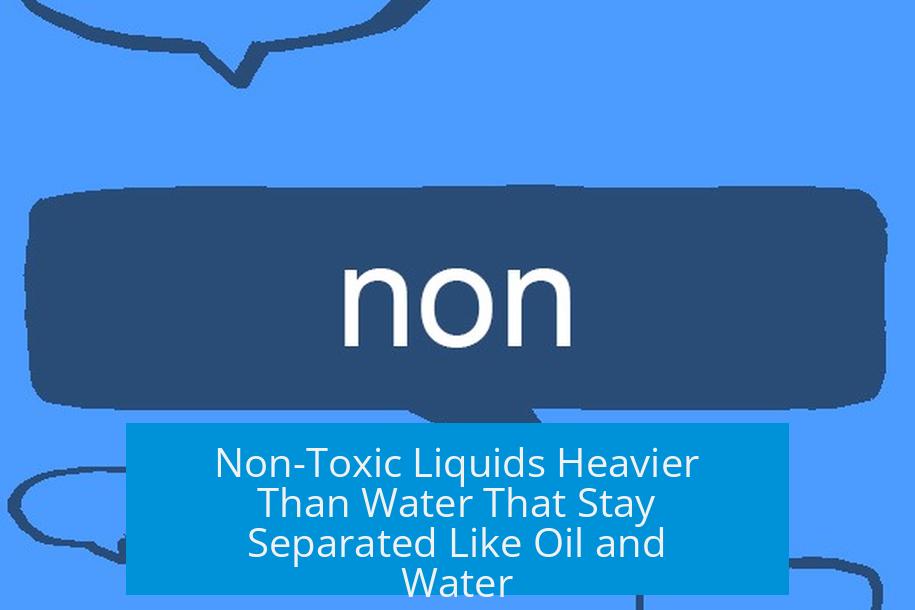
Finding a non-toxic liquid that is denser than water but remains immiscible—staying separated like oil and water—is challenging yet feasible using certain food-safe or biologically friendly substances. Popular candidates include glycerin, concentrated sugar or corn syrup solutions, mineral oil, and some specialized fluorocarbons. Each offers distinct properties suited for artistic layering effects, but safety and miscibility remain key.
Understanding the Challenge
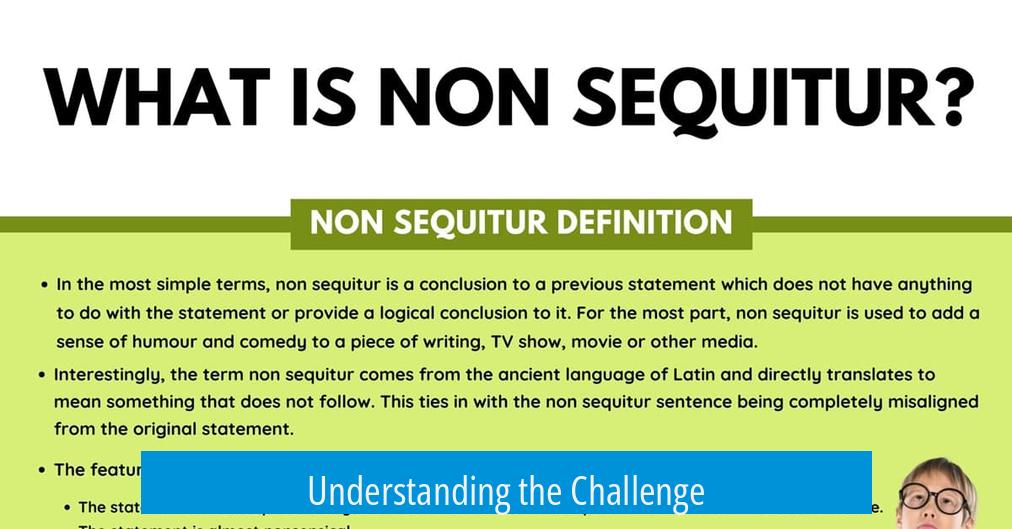
The main objective is to identify a liquid heavier than water that does not mix with water and remains layered distinctly. Oil and water famously separate due to differences in polarity and density. However, most liquids denser than water tend to mix or are toxic, which complicates safe uses in creative or live settings.
Common Non-Toxic Liquids That Work
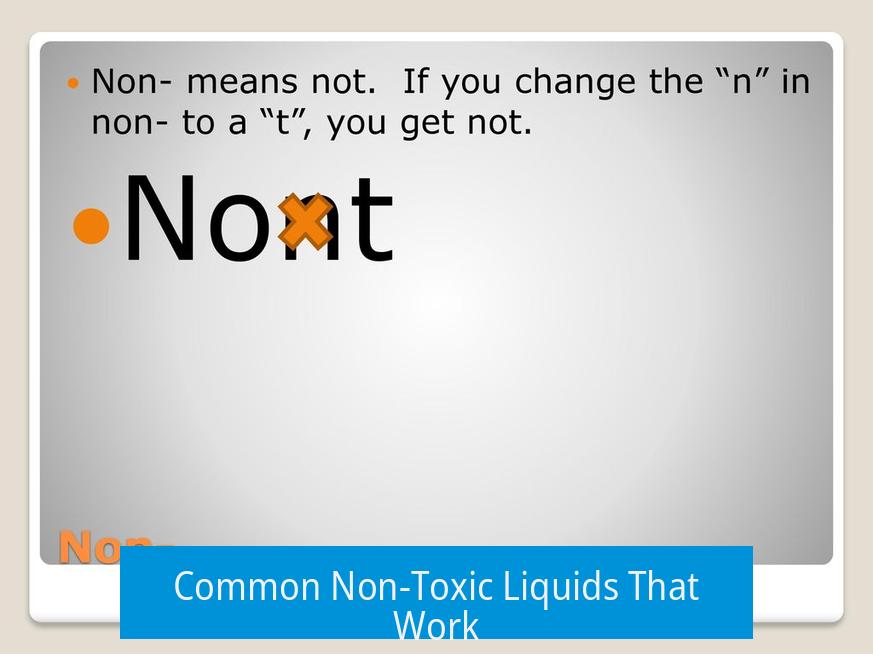
- Concentrated Sugar Water: Preparing a solution with high sugar content (approx. 400 grams sugar per liter of water) increases density significantly. When colored using dark food dyes, this solution sinks below normal water and remains separate for an extended period if carefully layered. It provides an affordable and food-safe option.
- Corn Syrup with Food Dye: Corn syrup’s viscosity and density allow it to sink under water without quick mixing. Adding food coloring enhances visual separation. This syrup-water system imitates oil-water layering with safe household materials.
- Glycerin (Glycerol): Glycerin is about 25% denser than water, readily available, and food safe. Its low toxicity and slow mixing behavior make it ideal for layering. Applying nonpolar dyes separately to water or glycerin can produce distinct color zones without mixing immediately.
- Mineral Oil (Baby Oil): Although lighter than water, mineral oil can float on top, providing traditional layering opposite to the artist’s request. It is non-toxic, inexpensive, and widely used in artistic applications to imitate oil-water designs.
Fluorocarbons: High Density and Low Toxicity
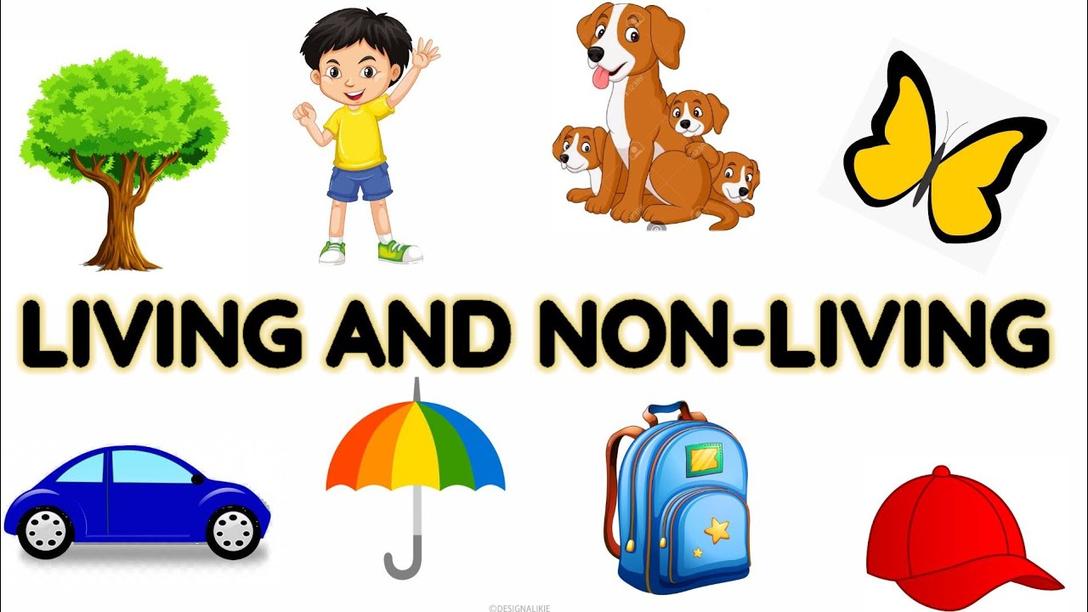
For more advanced uses requiring liquids denser than water and immiscible, certain fluorocarbons are excellent candidates. Examples include perfluoroheptane and perfluorodecalin. These inert liquids have densities nearly twice that of water and excellent separation properties.
- Perfluorodecalin: Used medically to enhance oxygen delivery, it is non-toxic and biologically inert but costly. Its high density and clear appearance make layering visually striking.
- Perfluoroheptane: Similarly inert and safe, but expensive and environmentally persistent, requiring careful disposal. It does not mix with water and remains layered well.
Although these fluorocarbons fit the criteria, cost and disposal considerations limit their use in everyday artistic projects.
Other Options and Considerations
- Brominated Vegetable Oil (BVO): Historically used in beverages to suspend fruit pulp by matching densities, BVO offers a density of about 1.3 g/cm3 with low toxicity. However, regulatory and safety concerns limit routine use.
- Organic Esters: Methyl benzoate and benzyl benzoate are heavier than water, immiscible with it, and exhibit moderate toxicity. Expert consultation is necessary prior to use in public or animal-interactive installations.
- Gallium: A metallic liquid at near ambient temperature, gallium is much denser and non-toxic but poses challenges in color manipulation and cost.
Liquids to Avoid
Many dense liquids are toxic and thus unsuitable for safe artistic use. These include dichloromethane, chloroform, brominated solvents, methylene chloride, and bromoform. Such chemicals pose health, environmental, and disposal risks. Sodium polytungstate offers a greener but water-soluble alternative, which does not remain distinct in layering.
Tips for Successful Layering
- Slow Pouring Technique: Pouring denser liquid slowly beneath lighter water helps prevent early mixing.
- Use of Food Dyes: Choose dyes carefully to color only one liquid. Many food dyes dissolve exclusively in water or oil phases, preserving visual clarity at the interface.
- Temperature Control: Keep liquids at stable temperatures to minimize convection and mixing.
- Coloration Tricks: Tea infusions (hibiscus, butterfly pea) provide natural pigments with selective solubility and color effects.
Safety and Environmental Notes
Any use of liquids in live animal tanks requires strict consideration of toxicity and oxygen availability. Many fluids can harm aquatic life even if non-toxic to humans. Always research material safety data and conduct small tests before large-scale deployment.
Disposal of fluorocarbons and similar inert dense liquids must follow environmental guidelines to prevent long-term persistence in ecosystems.
Summary of Key Points
- Concentrated sugar water, corn syrup, and glycerin are accessible, safe, and denser than water, suitable for layering effects.
- Fluorocarbons like perfluorodecalin offer excellent layering but are costly and environmentally persistent.
- Mineral oil floats on water but cannot serve as a denser bottom layer.
- Toxic dense liquids (e.g., methylene chloride) must be avoided for health and environmental reasons.
- Layering success depends on stable density differences, dye compatibility, and careful pouring.
- Always prioritize safety, especially with live organisms and disposal practices.
Weird Request from an Artist – What’s a Non-Toxic Liquid Heavier than Water That Stays Separate Like Oil and Water?
Here’s the quick answer right off the bat: Glycerin (glycerol) or a highly concentrated sugar water solution are your best bets for a non-toxic liquid that is heavier than water yet stays separate similarly to oil and water. These choices balance density, safety, and immiscibility better than most others on the market.
Now, let’s dive in and explore why this weird, almost sci-fi request from an artist makes sense, and what options they actually have to pull off this mesmerizing layering effect.
A Strange but Fascinating Artistic Problem
Imagine an artist wanting to create striking liquid layers. The usual oil-water duo is classic—the oil floats because it’s lighter and doesn’t mix. But what if they want the opposite effect? A liquid that’s heavier than water but still won’t mix with it. Seems simple, yet it’s akin to solving a liquid puzzle.
Turns out, liquids heavier than water that don’t mix with water and are safe to handle? That’s a rare breed. Many heavy liquids are toxic, unstable, or environmentally hazardous.
Why Just Any Heavy Liquid Won’t Do
You can’t simply grab any liquid heavier than water and expect it to behave like oil and water. Here’s why:
- Toxicity: Common heavy liquids—like methylene chloride, chloroform, or dichloromethane—are dense but pretty harmful to humans and environment. Not ideal for art projects, especially if people or animals might come into contact.
- Mischievous Mixing: Many heavy liquids are actually miscible (mix completely) with water, wiping out the layered effect.
- Disposal Issues: Some heavy liquids, even if safe to touch, don’t break down easily and pose disposal headaches.
So, balancing non-toxicity, density, and immiscibility is tricky but not impossible.
Glycerin and Concentrated Sugar Water – The Practical Heroes
Let’s start small and accessible. Glycerin (or glycerol) has a density about 25% higher than water, making it significantly heavier. It’s commonly found in pharmacies and even used in foods, making it a non-toxic choice.
Moreover, when layered carefully with regular water, glycerin doesn’t mix immediately, creating a neat visual stratification. Adding a nonpolar dye helps mark the glycerin layer distinctly without contaminating the water side.
Handy tip: Use pharmacy-grade glycerin and pour slowly to avoid mixing. Patience is an artist’s friend here.
Another super simple approach is making concentrated sugar water. Dissolve roughly 400 grams of table sugar per liter of water. Add dark food coloring for visual flair. Pour this dense sugar solution into your tank first, then gently add plain water on top. The two layers will stay separate for quite some time if you’re careful.
This method is as economical as it is safe. Plus, ingredients are easy to get in most kitchens and stores. It’s a win for practicality!
Other Food-Friendly Heavy Liquids
- Corn syrup tinted with food dye: Like sugar water, corn syrup is denser than water and a bit sticky. With food coloring, it creates a colorful, separate bottom layer. Just temper expectations; syrup’s viscosity might alter flow dynamics in creative installations.
- Mineral oil and water: Mineral oil floats atop water, but reversed layering is tricky here since oil is lighter. You’d have to reimagine the layering by placing mineral oil above, water below.
For the Artist Who Wants to Go High-Tech: Fluorocarbons
Fluorocarbons like perfluoroheptane and perfluorodecalin are quite the fancy players in this liquid puzzle. They’re nearly twice as dense as water and non-toxic — thanks to their chemical inertness.
Perfluorodecalin shines because of its high oxygen solubility and biocompatibility, often used in biology to store tissues or aid oxygen delivery in cell culture. It’s like a spa day for cells.
But there’s a catch: these liquids tend to be super expensive and tricky to dispose of because they don’t biodegrade easily. Remember that cautionary tale referencing Patrick Star standing menacingly? Yeah, similar case here.
Still, if cost and disposal aren’t issues, these fluorocarbons offer brilliant clarity, longevity, and layering effect—artistic icing on the cake.
What About Brominated Vegetable Oil or Gallium?
Brominated vegetable oil (BVO) is an oddball—it’s actually found in some fruit-flavored drinks to keep pulp suspended. It has a density about 1.3 times water’s and low toxicity. Still, BVO has some controversial reputation in health circles, so use caution.
Gallium is a metal but melts just above room temperature into a silvery liquid. It’s non-toxic in small amounts and fairly heavy. However, color customization is limited unless you want a metallic sheen, and temperature control is a must.
Danger Zones: What to Avoid
Steer clear from these if you want safe art and happy viewers:
- Methylene chloride (dichloromethane): Dense but toxic and volatile.
- Chloroform: Not only toxic but illegal in many places for casual use.
- Bromoform: Dense and often toxic.
- Common solvents and paint thinners: They smell bad and aren’t safe, especially around animals or kids.
Remember, even if a substance is “sometimes fine” on skin briefly, prolonged or accidental exposure during artistic process can be dangerous.
Playing with Pigments and Dye Compatibility
Color adds flair but brings challenges. Many dyes only dissolve in water or oil, not both.
- Coffee, black tea, blue butterfly pea tea, or hibiscus tea provide natural water pigments that generally stay put in the water layer.
- Oil-based candy coloring works if you go with an oil and water setup, tinting only the oil part.
- Some blue pigments like Prussian blue are essentially insoluble in both water and oil, so testing beforehand is key.
Artists should experiment with different dye combinations to find the perfect visual punch.
Is Reversing the Setup an Option?
What if the artist flips the script? Instead of a heavier-than-water bottom layer, why not start with a light oil layer at the bottom? Normally, oil floats, but choosing oils with a density close to water and pouring technique might make some illusions possible.
Coconut oil is an example; it’s clear and might work as a bottom layer if paired cleverly with dyed water poured above. It’s a tricky balancing act but can be creatively fun.
Other Alternatives Worth Experimenting
- PEG (polyethylene glycol) and Dextran solutions: These can offer layering possibilities as non-toxic polymers with varying densities.
- PFOA/PTFE oils (like Krytox): High-performance oils designed for machinery, but they can be ultra-costly and may have subtle toxicity or environmental impacts.
- Remember mineral oil (baby oil) and careful layering of water on top for a classic effect with safe materials.
One Last Word on Safety and Ethics
If your artistic vision involves live animals, be extra cautious. Many heavy liquids—even if non-toxic to humans—can harm aquatic creatures and are generally inadvisable for such installations. Doing harm can land you in hot water legally and ethically.
Wrapping Up the Weird Request
Is it hard to find a non-toxic, heavier-than-water liquid that behaves like oil and water? Absolutely. But solutions like glycerin, concentrated sugar water, and corn syrup stand out as practical, safe, and accessible.
If money and disposal don’t scare you, fluorocarbons offer an exciting, futuristic option, albeit pricey and demanding.
Ultimately, success depends on watching density carefully, pouring slowly, and mastering pigments and layering techniques. For creative layering magic that’s safe and spectacular, give glycerin or sugar water a whirl today.
What’s your favorite liquid layering trick? Ever tried mixing scientific principles with your art? Share your successes or wild attempts—sometimes, the weirdest requests manifest the most stunning creations.


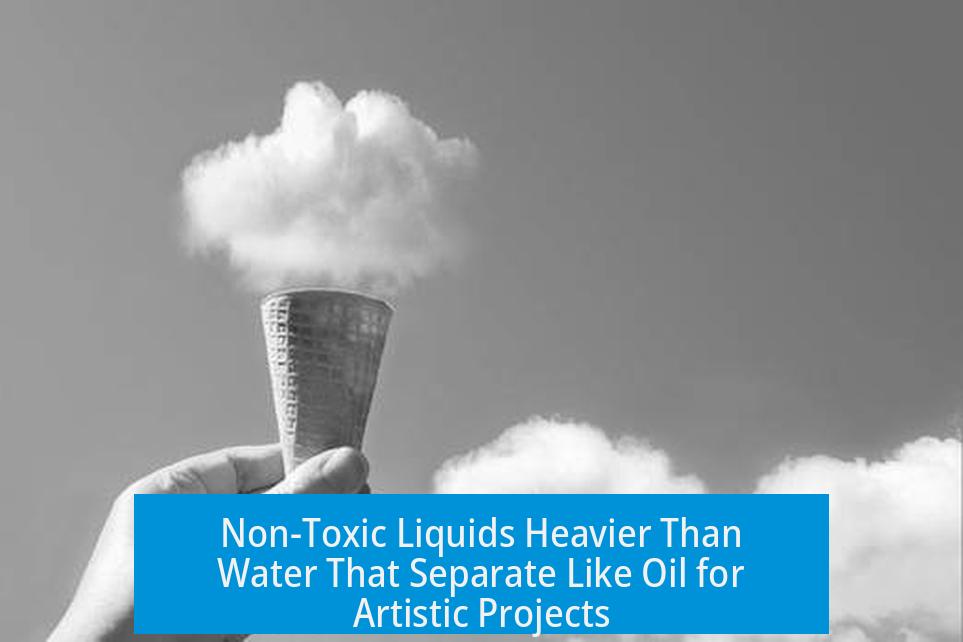
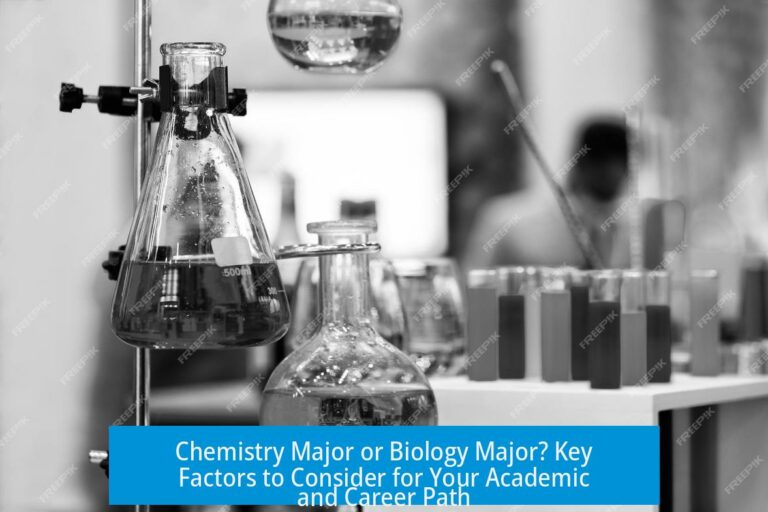
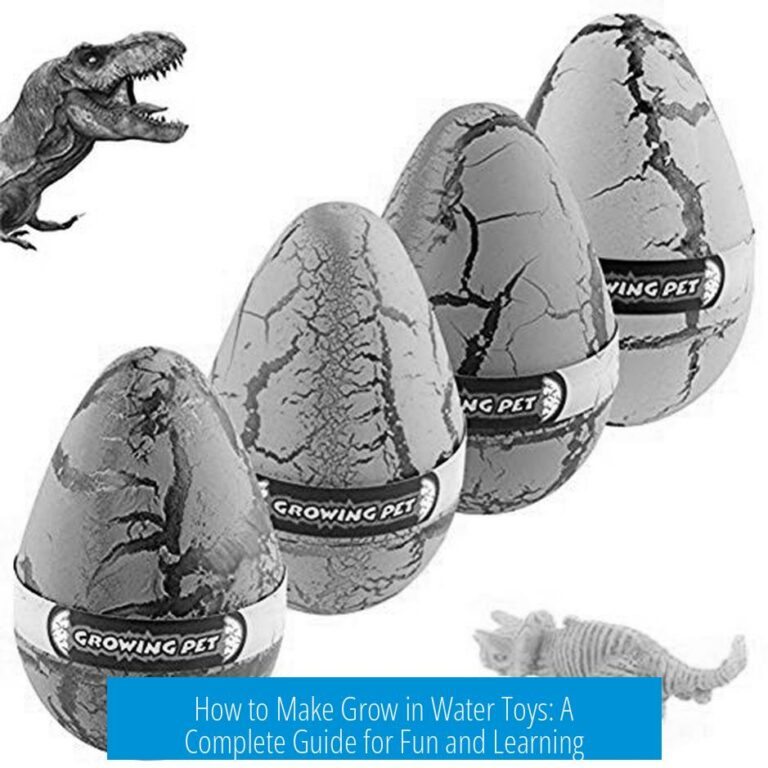
Leave a Comment